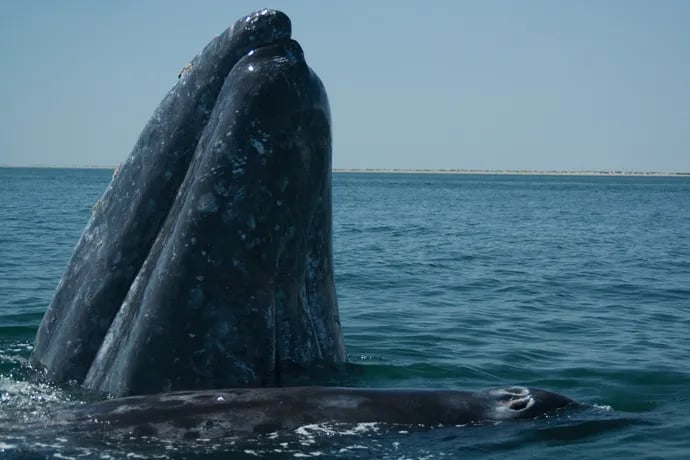Economic and Biodiversity Trade-offs at the El Vizcaino Biosphere Reserve, Mexico
7/23/20232 min read


Economic development objectives and biodiversity conservation goals are in constant conflict with each other in the El Vizcaino Biosphere Reserve (“EVBR”) in Mexico.
Indeed, it has been argued that, to date, the EVBR has not been managed in a way which serves both biodiversity and socioeconomic objectives (Castellanos et al 2002) and has been criticized as “discordant with the social context, ignoring the dynamics of population growth and economic expansion, and causing conflicts between broad-scale interests (national and international conservation priorities) and local needs.” (Castellanos et al 2002:336).
At its inception in 1998, local communities were not accorded significant participation rights in the planning of the EVBR and any such participation was only by official political delegates (Castellanos et al 2002). The conservation project of the EVBR, while initially allegedly intended to elevate local residents as the stewards of the natural resources of the region, have ultimately disenfranchised those very same residents (Young 1999). In the planning stage, local needs were addressed in a limited manner, and the community had little say or approval over what were therefore perceived to be overly restrictive in terms of development and excessively pro-conservation purposes of the EVBR (Castellanos et al 2002).
The main management obstacles in the EVBR are economic development, shipping (especially from the saltworks), oil exploration, and excessive or unlawful fishing activities (World Heritage Datasheet).
The salt industry has historically been, and continues to be, integral to the livelihoods of the local population of El Vizcaino and the transportation of salt products is unavoidable even if this may result in some disturbance to the whale sanctuary. Lightering vessels, or vessels which emit less noise and water pollution, may be considered, as well as potentially structuring shipments during periods of reduced whale presence or mating activity.
As for mining and exploration activities, it would be more difficult to institute a blanket prohibition against the granting of licenses and concessions – such as exists in Laguna San Ignazio (World Heritage Datasheet) if there are proven hydrocarbon reserves in the El Vizcaino region. Express bans against purely speculative exploration, for instance, may be considered. The conditions of any license or concession granted should be subject to prior negotiation, consultation, and consent of all affected El Vizcaino residents in conjunction with members of the scientific community as well as local and regional government.
Ecotourism is a more manageable challenge. Having been more recently introduced – as compared to the salt industry – to the local area, there is more space for dialogue, negotiation, collaborative law- and decision-making, training, and capacity-building within the ecotourism sector. In 2016 it was estimated that the economic benefit of ecotourism at EVBR amounted to a gross turnover of close to USD3 million, most of which accrued to local tourist companies (Brenner et al 2016). The high monetary value of ecotourism in El Vizcaino therefore warrants closer exploration, and perhaps greater prioritisation at the governmental level, of more inclusive and cooperative modes of balancing the trade-offs between development and conservation.
References:
Brenner, L., Mayer, M,, and Stadler, C. (2016). ‘The economic benefits of whale watching in El Vizcaíno Biosphere Reserve, Mexico’. Economía, Sociedad y Territorio, vol. xvi, núm. 51, 2016, 429-457
Castellanos, A., Arriaga, L., and López, C. (2002). ‘El Vizcaino Biosphere Reserve: A Case Study of Conservation and Development in Mexico’. Natural Areas Journal, Vol. 22, No. 4 (October 2002), pp. 331-339
World Heritage Datasheet. ‘Whale sanctuary of El Vizcaino’ (n.d.). http://world-heritage-datasheets.unep-wcmc.org/datasheet/output/site/whale-sanctuary-of-el-vizcaino/
Young, E. (1999). ‘Local People and Conservation in Mexico's El Vizcaino Biosphere Reserve’. Geographical Review, Jul., 1999, Vol. 89, No. 3 (Jul., 1999), pp. 364-390
Image: https://ocean.si.edu/ocean-life/marine-mammals/whale-sanctuary-el-vizcaino-mexico